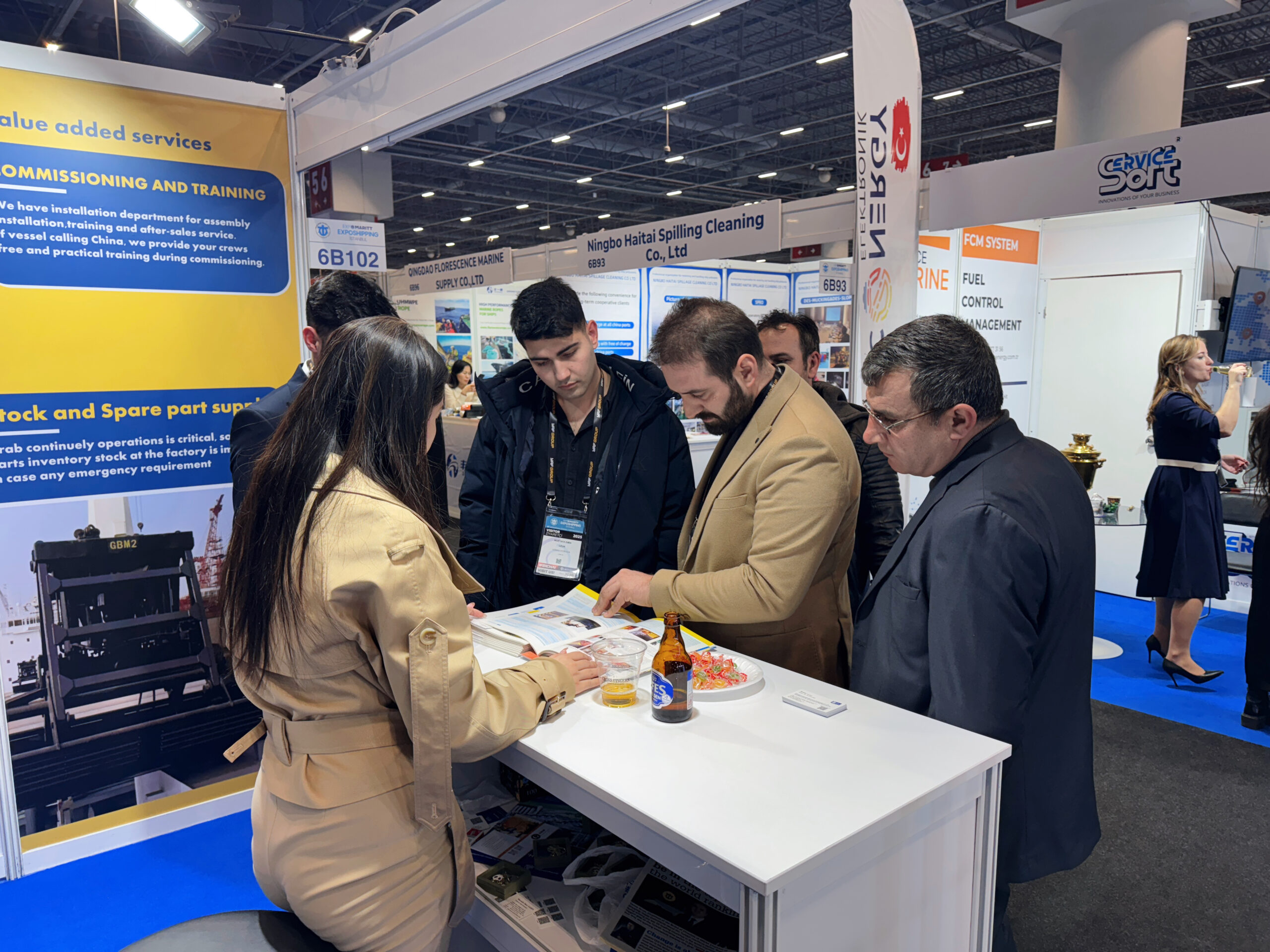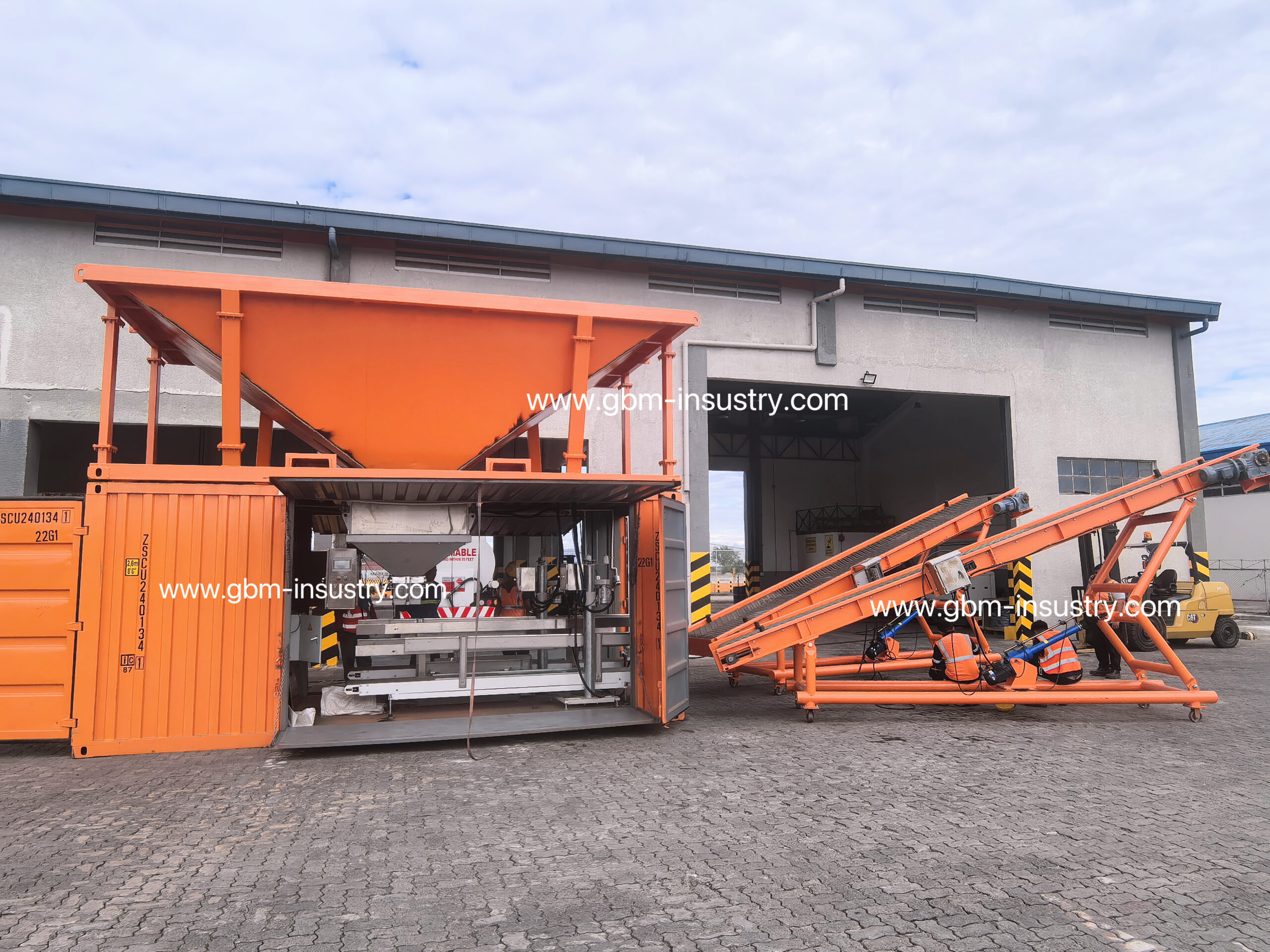In busy port terminals, steel mills piled high with raw materials, huge coal storage yards at power plants, or sand and gravel yards for large-scale infrastructure projects, we always see a type of efficient and powerful loading and unloading equipment: bulk cargo grabs. Like the ‘steel giant hands’ of the industrial world, these grabs leverage their robust gripping capacity and agile maneuverability to handle the efficient loading, unloading, and transshipment of various loose bulk materials such as coal, ore, grain, fertilizers, sand and gravel, scrap steel, and even urban waste. As a key ‘accessory’ for various types of loading and unloading machinery such as gantry cranes, bridge grab unloaders, tyre cranes, and ship cranes, the performance of bulk cargo grabs directly determines the efficiency, operating cost, safety, and material loss of the entire loading and unloading system.
What is a grab
A grab is a specialized device that relies on external power to open and close its jaws (grab shells) to grab, lift, transfer and unload loose, granular or small lump materials. It is not an independently operating machine, but a working part suspended below the crane hook or directly integrated into the crane lifting mechanism (such as a ship unloader).
Classification of grabs
There are many types of grabs. According to different standards, they can be classified into the following categories:
Classification by drive type
- Mechanical grabs:
This is the most traditional type. The opening and closing of the grab is driven by the lifting wire rope and closing (opening) wire rope on the crane working together. The structure is relatively simple, maintenance is convenient, the cost is low, and the operator requires a high level of skill.
- Hydraulic grabs:
The grab shells are opened and closed by a hydraulic system (hydraulic pump station, oil cylinder, valve group, etc.) integrated into the grab body. They are powerful, open and close smoothly and accurately, are flexible to operate (often with a remote control), and can generate enormous closing forces, making them particularly suitable for gripping difficult-to-grip materials (such as large pieces of ore and scrap steel) and for applications requiring precise placement.
- Electrical-hydraulic grabs:
The electric motor drives the wire rope to open and close, simplifying the winding system on the crane and improving operational convenience. It is a more efficient and environmentally friendly form of loading and unloading.
Classification by application
- Bulk cargo grab:
A general-purpose grab mainly used for grabbing bulk materials with good flowability, such as coal, ore, sand, gravel, grain, and fertilizer. It is usually a clamshell design, with the bucket design focusing on volume and filling rate.
- Scrap steel grab:
Specially designed for grabbing heavy, irregularly shaped, and sharp scrap steel. It usually adopts a multi-peel structure (4 peels, 5 peels, 6 peels or even more), with thick and high-strength grab shells and sharp teeth or knife-shaped structures to pierce and bite scrap steel. It is mainly hydraulically driven.
- Garbage grab:
Used to grab household waste, industrial waste, etc. Similar to scrap steel grabs, they are mostly multi-peel hydraulic grabs, but with more emphasis on sealing (to prevent sewage leakage) and anti-corrosion treatment. Sometimes the grab shells are designed to be wider.
- Wood chip/biomass grab:
Used to grab light and loose materials such as wood chips and straw, it usually has a large volume, wider grab shell design, and sometimes has a grid or additional leak prevention device.
- Other special grabs:
Such as dust-proof grabs for cement and fly ash, and dredging grabs for seabed sampling.
Classification according to the number of grab shells
- Clamshell grabs:
- The most common type of grab, consisting of two symmetrical jaw shells. The structure is relatively simple, the weight is light, and the opening and closing speed is fast, making it suitable for most bulk cargoes (coal, ore, grain, sand, etc.).
- Orange peel grab:
- Usually refers to a grab with four or more jaws (commonly 4, 5, or 6). Its advantage is that it can better envelop and grab irregular and difficult-to-insert materials (such as scrap steel, large pieces of ore, and garbage), providing stronger biting force and a tighter closing effect, reducing material spillage.
Main types of clamshell grabs
Due to its high efficiency, versatility and economy, the clamshell grab has a dominant position in the bulk cargo handling field. With the development of technology, its drive and control methods are also constantly being innovated.
Remote control grab
This is currently the most advanced and flexible type of clamshell grab.
Principle:
The grab body integrates a hydraulic pump station (motor or diesel engine driven), oil cylinder and control valve group. The operator sends signals directly to the receiver on the grab via a handheld remote control to control the movement of the hydraulic valve, thereby realizing all functions of the grab, such as opening, closing and locking.
Advantages
- Exceptional operational flexibility: Operators do not need to be inside the crane cab, allowing them to move freely on the ground or inside the ship’s hold to obtain the best viewing angle, ensuring more precise, efficient, and safe operations (especially in areas with limited visibility such as inside the hold or near piles).
- Simplified crane structure: The crane only needs to provide lifting power (one or a set of lifting wire ropes/chains), without a complex closed rope winding system, which simplifies the pulley block and reduces maintenance costs.
- Strong gripping force: The hydraulic system can provide enormous closing force.
- Applications: Widely used in port unloading (especially in hold cleaning operations), yard loading and unloading, silo feeding and other scenarios. It is the main type of grab used in large, efficient bulk cargo terminals.
Electrical-hydraulic grab
This is a broader category, referring to grabs that use electricity and electric motors to control the hydraulic system. There are slight differences depending on the type of crane used:
Considerations include the ship’s power supply capacity (voltage, frequency), deck space constraints, and the harsh marine environment with high salt fog corrosion. Typically, a robust and sealed design is adopted, with compact hydraulic pump stations prioritized. The power supply is preferably ship-grade (e.g., 440V/60Hz), and the protection rating is high (IP56/IP67). Wireless remote control is the mainstream option, as operators often work on the deck or at the cargo hatch.
Electrical-hydraulic grabs used on overhead cranes
A stable power supply (380V/50Hz is common) in the factory can be used. The control method can be wireless remote control or wired remote control (the operator operates from the cab or a control station that moves with the trolley). Overhead crane applications place greater emphasis on integration with the crane control system (such as anti-sway function).
Mechanical clamshell grabs
Grab operated by lifting wire rope on the crane and an independent closing wire rope system.
- Principle: The lifting rope is responsible for lifting and lowering the entire grab; the closing rope is responsible for driving the pulley system to open and close the grab shells. The operator controls the coordinated movements of two reels (lifting reel and closing reel) in the crane cab to achieve grabbing and unloading.
- Advantages: relatively simple structure, low manufacturing cost, relatively easy maintenance (mainly maintenance of wire ropes and pulleys), and lighter weight than hydraulic grabs of the same specification.
- Application: still widely used in small and medium-sized ports, warehouses, and storage yards with low requirements and limited investment, especially in the handling of standard bulk cargo (such as coal and sand). It is the standard configuration for many general-purpose gantry cranes and bridge cranes.
Main types of orange peel grabs
When dealing with scrap steel, large pieces of ore, municipal solid waste and other materials that are difficult to grab or need to be tightly wrapped to prevent scattering, orange peel grabs demonstrate their irreplaceable advantages.
Electrical-hydraulic orange peel grabs
Garbage grabs used in scrap steel handling
- Features: Usually designed with 4, 5 or 6 shells. The grab shells are extremely thick and sturdy, made of high-strength wear-resistant steel (such as Hardox). The edges of the grab shells are inlaid with high-strength wear-resistant alloy steel teeth or designed as knife blades to pierce and bite scrap steel. The hydraulic system has high pressure and provides enormous closing force (up to hundreds of tons).When closed, the grab shells interlock (scissor type) to form a tight enclosure, effectively preventing long pieces of scrap steel from slipping out.
- Applications: Scrap yards at steel mills, shipbreaking yards, scrap steel recycling centres, large foundries, etc.
Orange peel grabs used in waste handling
- Features: Also mostly designed with 4-6 shells. Compared with scrap steel grabs, more attention is paid to:
- Sealing: The closing line of the grab shells is designed with sealing strips or a special structure to minimise sewage and odour leakage.
- Corrosion resistance: Material selection and surface treatment (such as heavy-duty anti-corrosion coating) resist corrosive leachate from waste.
- Anti-entanglement: The inside of the grab shell is designed to be smooth to reduce entanglement of strip-like objects.
- Applications: Garbage storage pits in waste incineration power plants, large garbage transfer stations, landfills, biomass treatment plants, etc.
Mechanical orange peel grab
A multi-shell grab driven by wire ropes through multiple pulley sets.
Used in areas where strong closing force, tight wrapping and flexible operation are required, such as scrap steel and garbage; used in applications with low closing force requirements for light materials; low cost and high cost performance.
Famous grab brands
The global grab market is highly competitive. The following brands are known for their deep technical expertise, reliable product quality and wide market applications:
PEINER SMAG (Germany)
One of the world’s leading manufacturers of grabs and crane attachments, particularly renowned for its hydraulic grab technology, and a leader in the high-end market.
Features: Extremely rich product line, covering various clamshell and orange peel hydraulic grabs (bulk cargo, scrap steel, garbage, wood, etc.) from light to heavy duty. Known for innovative design, excellent performance, ultra-long service life and extremely high reliability. Its electrical-hydraulic remote control system (especially wireless remote control) is technologically advanced and powerful. It occupies an important share in high-end applications such as large ports, steel mills and waste incineration plants.
GUVEN (Turkey)
One of the world’s largest manufacturers of grabs, with extensive market coverage and strong competitiveness in everything from standard mechanical grabs to high-end hydraulic grabs.
Features: Known for its strong manufacturing capabilities, relatively competitive prices and comprehensive product solutions. The product line is very broad, including various mechanical grabs and a full range of hydraulic grabs, with single-cylinder grabs being particularly prominent.
GBM(China)
GBM is a professional grab manufacturer with a strong reputation in the bulk cargo handling sector (especially large port grabs).
Features: Focuses on efficient and durable clamshell grabs. Its products are known for their optimized structural design, wear resistance and low maintenance requirements, and the company has strong technical capabilities. It is one of the preferred suppliers for many world-class large bulk terminals and ship owners.
It excels in meeting different customer needs and budgets and has a huge share of the global mid- to high-end market. Its brand is well known, especially in Asia, the Middle East and Europe.
Summary
The evolution of grab types and technologies deeply reflects the relentless pursuit of efficiency, reliability and adaptability in the industrial sector.
From classic mechanical clamshell grabs to highly intelligent remote control hydraulic grabs, from general bulk cargo grabs to specialized orange peel grabs for scrap steel and sealed garbage grabs, the types of grabs are constantly being enriched and improved.
Shanghai GBM continues to break through and innovate, providing high-quality grab products. With the in-depth application of automation and intelligent technology, it continues to play a vital role in promoting the development of global logistics and industry.




